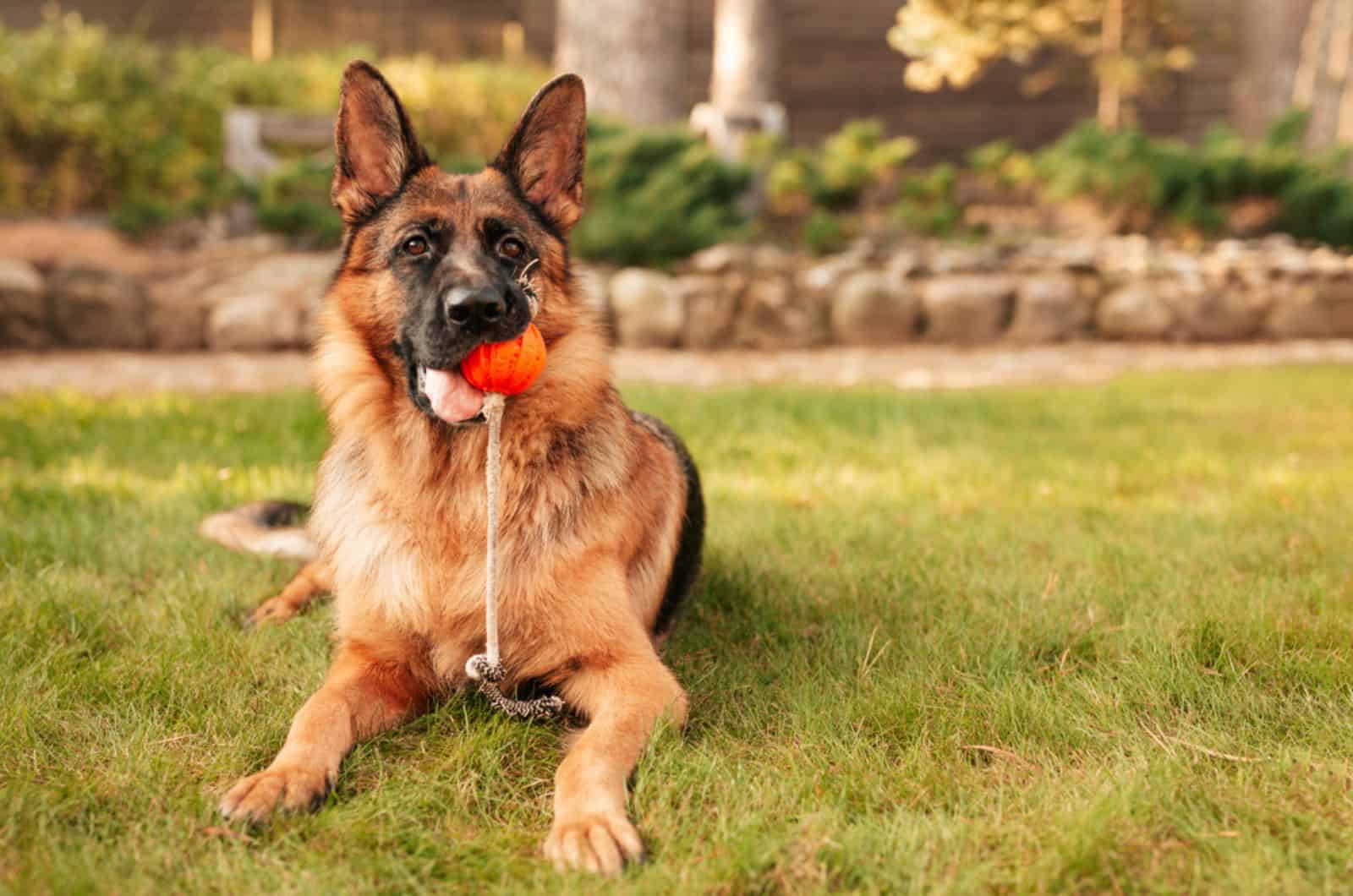These dogs are not your ordinary Labrador Retrievers that can spend the day on the couch. These guys need action because they were bred to always be ready to do whatever is commanded.
They are not one of the most popular dog breeds worldwide, and without a reason: these dogs serve various purposes, and have many interesting facts that surround them.
Fun Facts About German Shepherds
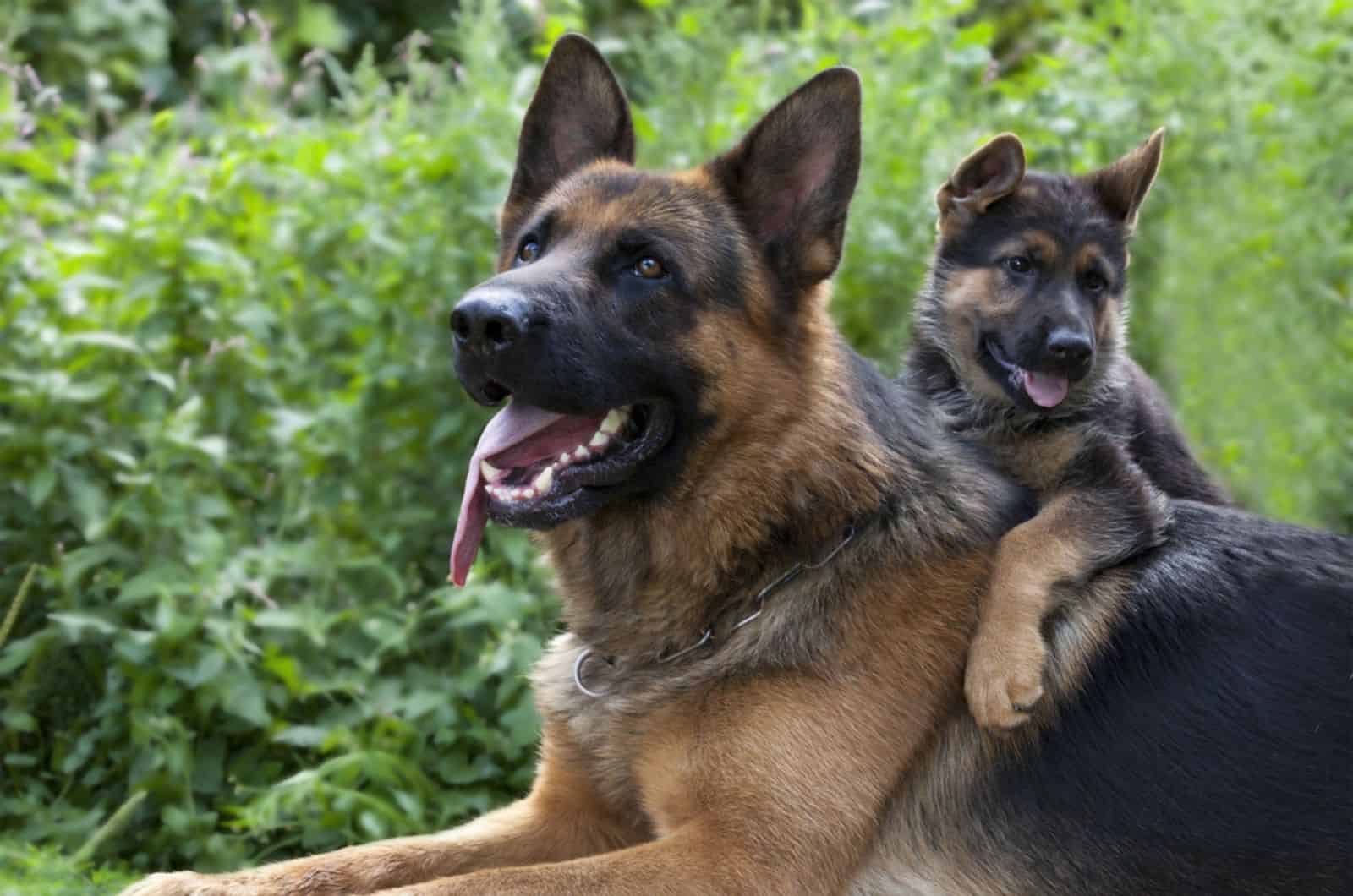
There’s little surprise the majestic sable-coated German Shepherd is one of the most popular breeds recognized by the AKC (the organization that dictates the breed standard).
Due to its intelligence, courage, and devotion, this breed has achieved success as assistance dogs, guard dogs for families, police dogs, and military dogs. We clearly care about them, and for a variety of reasons.
You might be surprised to learn the following fascinating facts about the German Shepherd breed.
1. Max Von Shlephanitz’s Dog
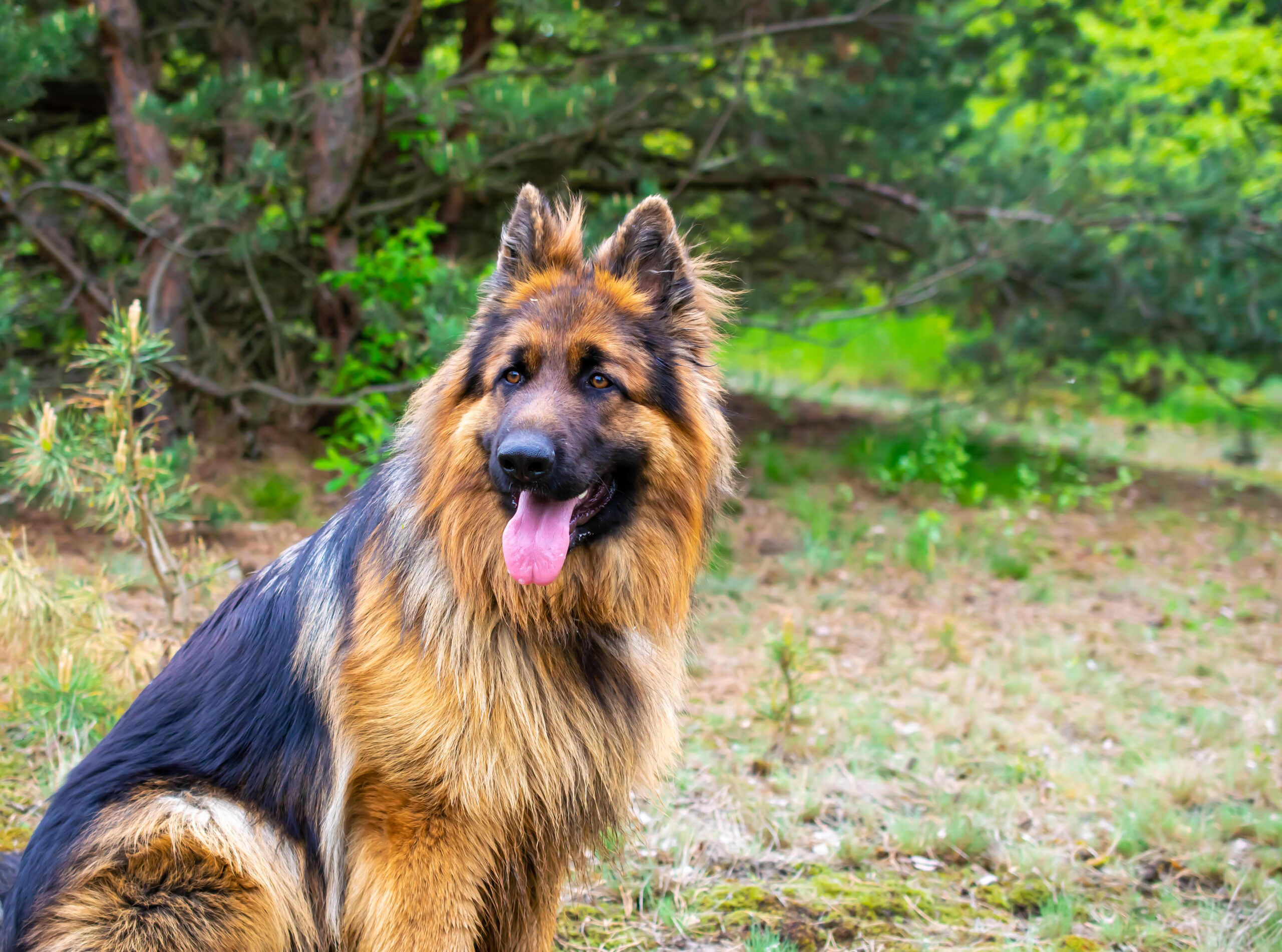
The initial Shepherd Dog was bought at a dog exhibition in 1895 by Max Von Shlephanitz, who gave him the name Horand Von Grafath. Horand served as the breed’s ancestral foundation. Max really liked this dog breed because as he reported, the GSD is a well-rounded working dog.
Months later, Max founded Verein für Deutsche Schäferhunde, the initial German Shepherd Dog Club, in an effort to develop a distinctive kind of working dog from German breeds.
Horand became the first recognized German Shepherd when this organization qualified him with the SZ1 designation. Today, known as the best dogs ever, they were once called Alsatian Shepherds.
2. Bred To Be Herding Dogs?
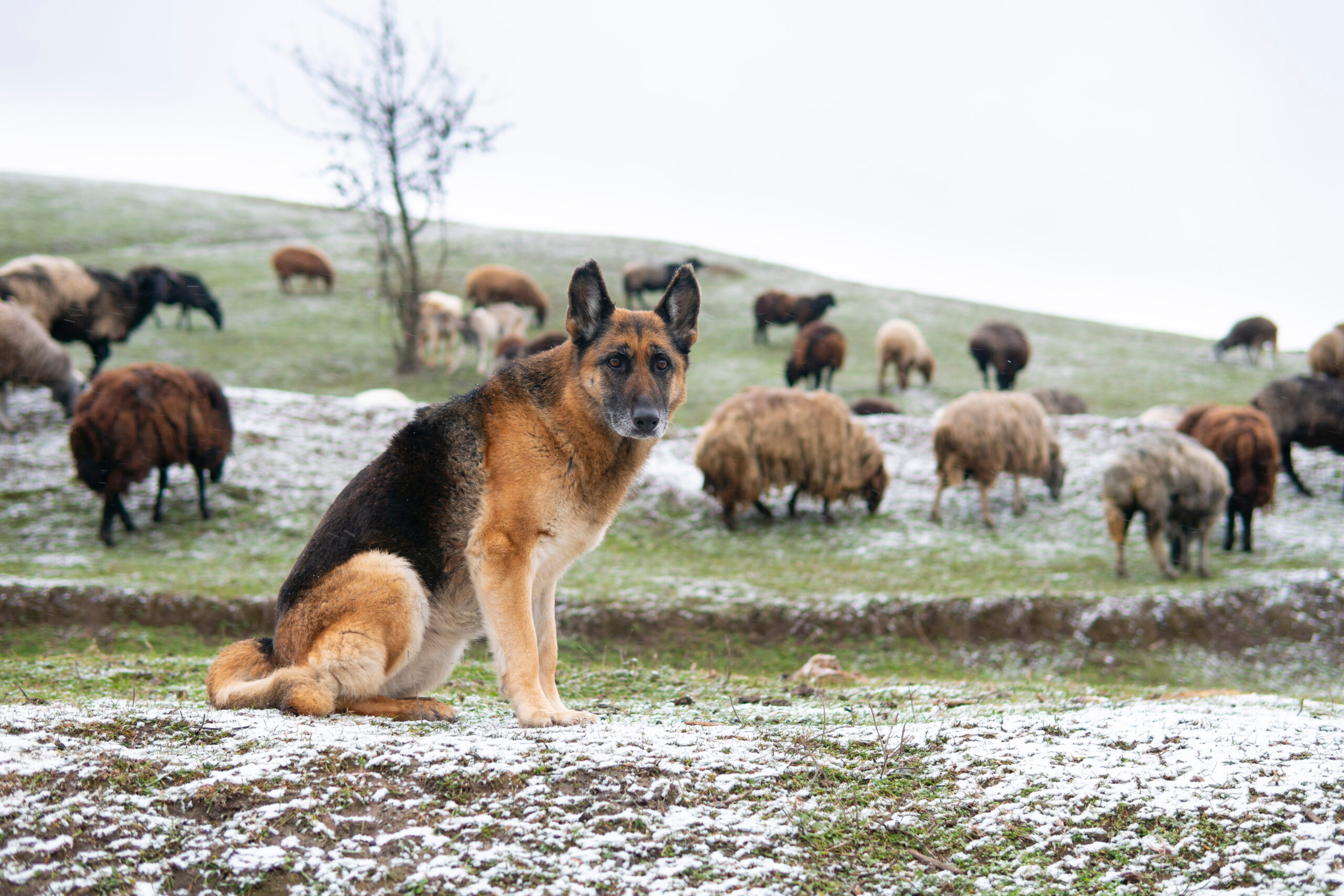
German Shepherds were traditionally used to keep an eye on and move thousands of sheep from one field to another. That profession demanded quick reactions, and the capacity to move quickly when necessary. This breed excelled at the task.
In their full sprint, German Shepherds have a top speed of 35 mph. Instead of running, though, when herding, they jog at a speed of about 20 mph. Sheep herding was their specialty, but this animal went on to succeed in a great deal of extra tasks.
A German Cavalry captain eventually became aware of this excellent work dog as well as its wolf-like look. He bought a dog for himself, and this is when the breed’s official history started.
3. American Vs European German Shepherd dog
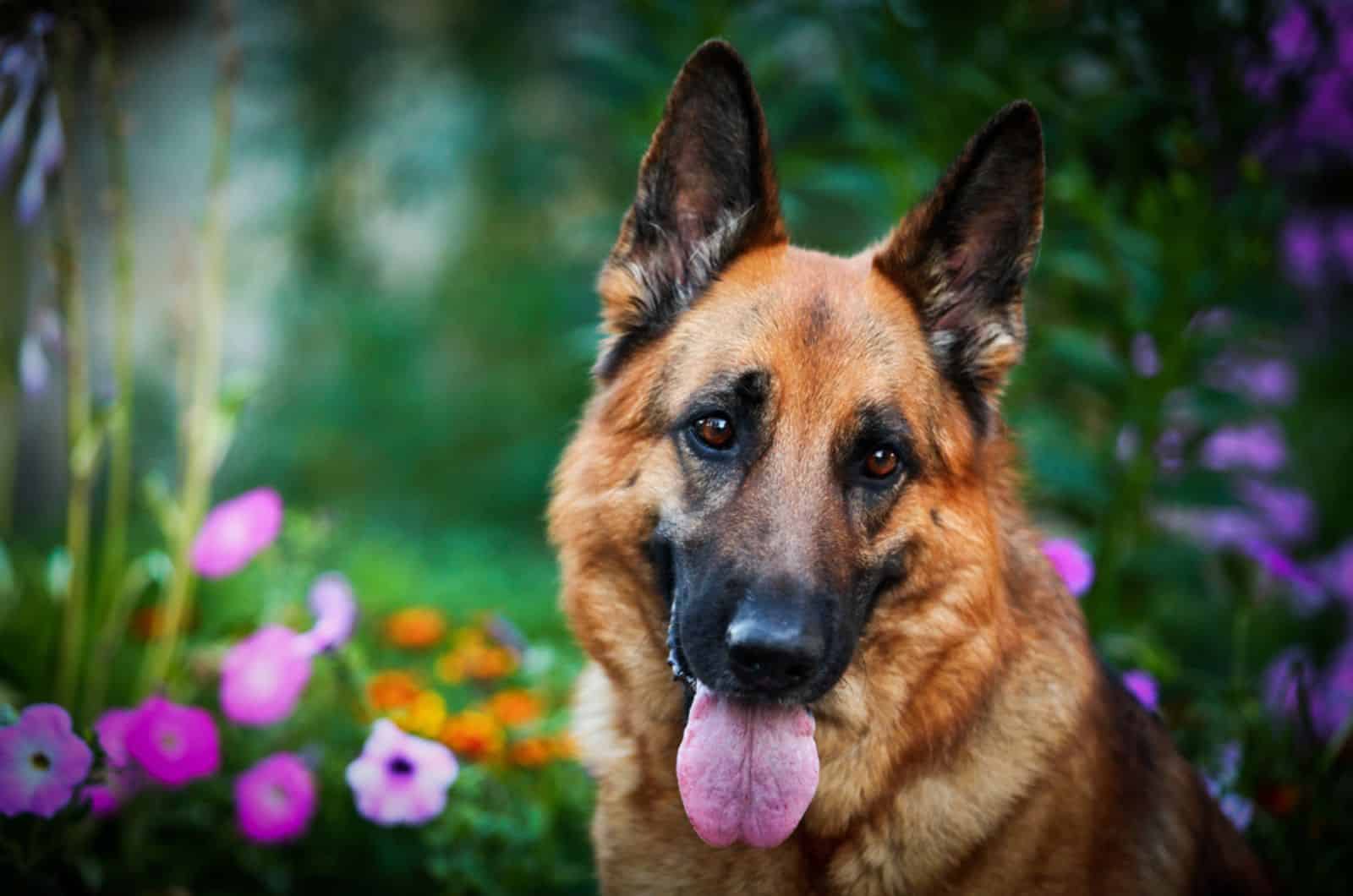
Depending on the continent you live on, the breed has altered a little since Max started his GSD selection effort.
Breed specifications created by American breeders were adopted by the American Kennel Club (AKC). German Shepherds are prized as dog show contestants, thanks to these criteria, which place an emphasis on the breed’s beautiful movement patterns and physical attributes.
But, European breeders continue to adhere to Max von Stephanitz’s breed guidelines, which emphasize fitness, personality, and agility.
These criteria, which demand that dogs pass a series of exams, are managed by the German Shepherd Club of Germany. These examinations are not required by American breeding regulations.
4. The Official Dog Breed Of WWI And WWII?
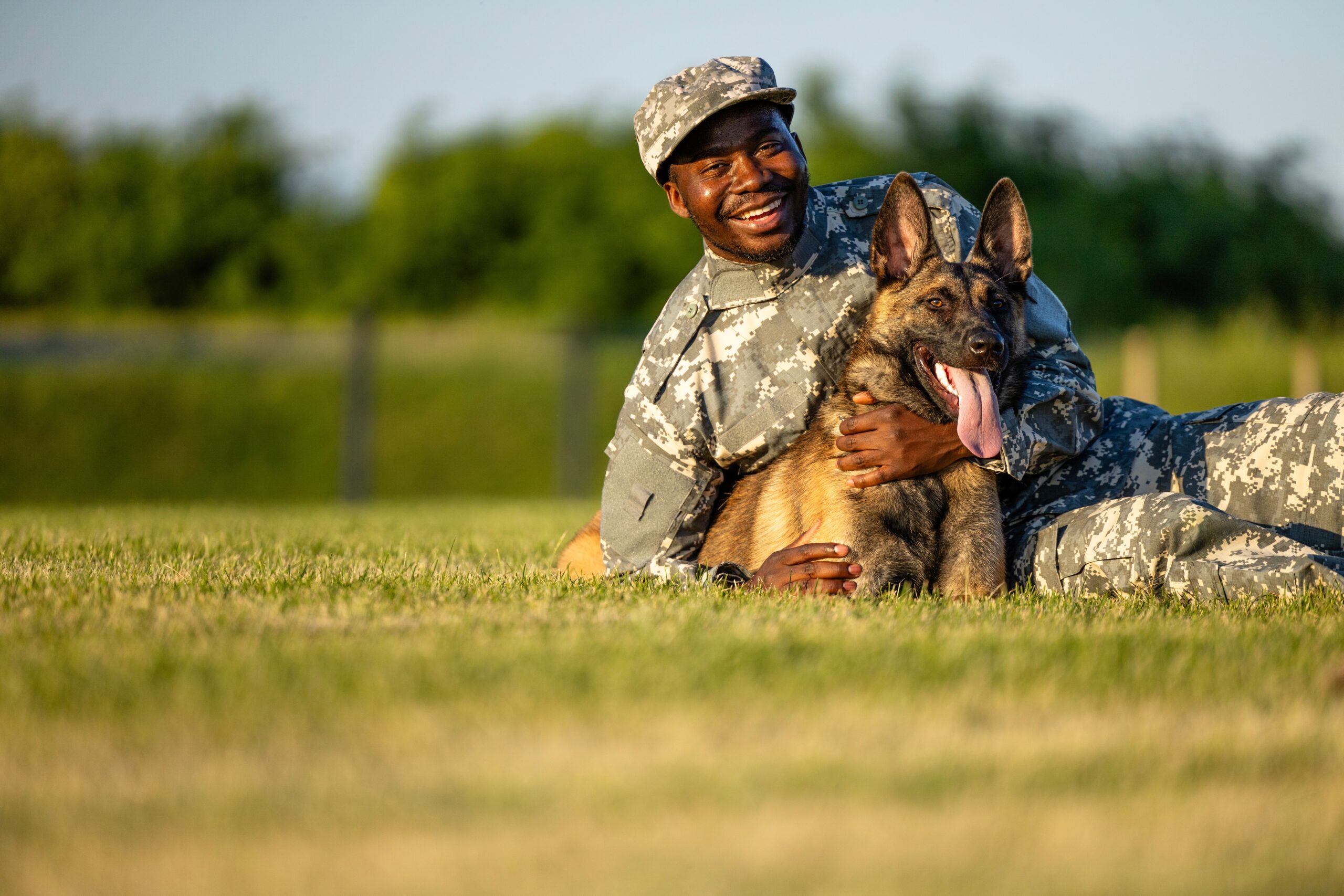
German Shepherds served as Red Cross dogs, search and rescue dogs, security dogs, couriers, and watchdogs in World War I, displaying their courage on the battleground beside their German army colleagues.
Morris Frank promoted Buddy from Switzerland towards the United States in June 1928, where canines had been taught how to assist troops who had lost their eyesight during World War I.
In 1917, a dog by the nickname, Filax of Lewanno, was recognized at Westminster as somewhat of a military hero after guiding over 50 troops to shelter and ensuring their safety while receiving medical attention.
These canines’ perseverance in the face of challenging and hazardous circumstances won the admiration of troops from both sides of the battlefield.
German Shepherds were once again used by the Germans during World War II, but this time, they were also used by the Americans.
Now, they remain doing similar activities, being one of the most intelligent dog breeds, serving as police dogs, guard dogs, guide dogs, service dogs, family pets, and much more.
5. They Are A Double Coat Dog Breed
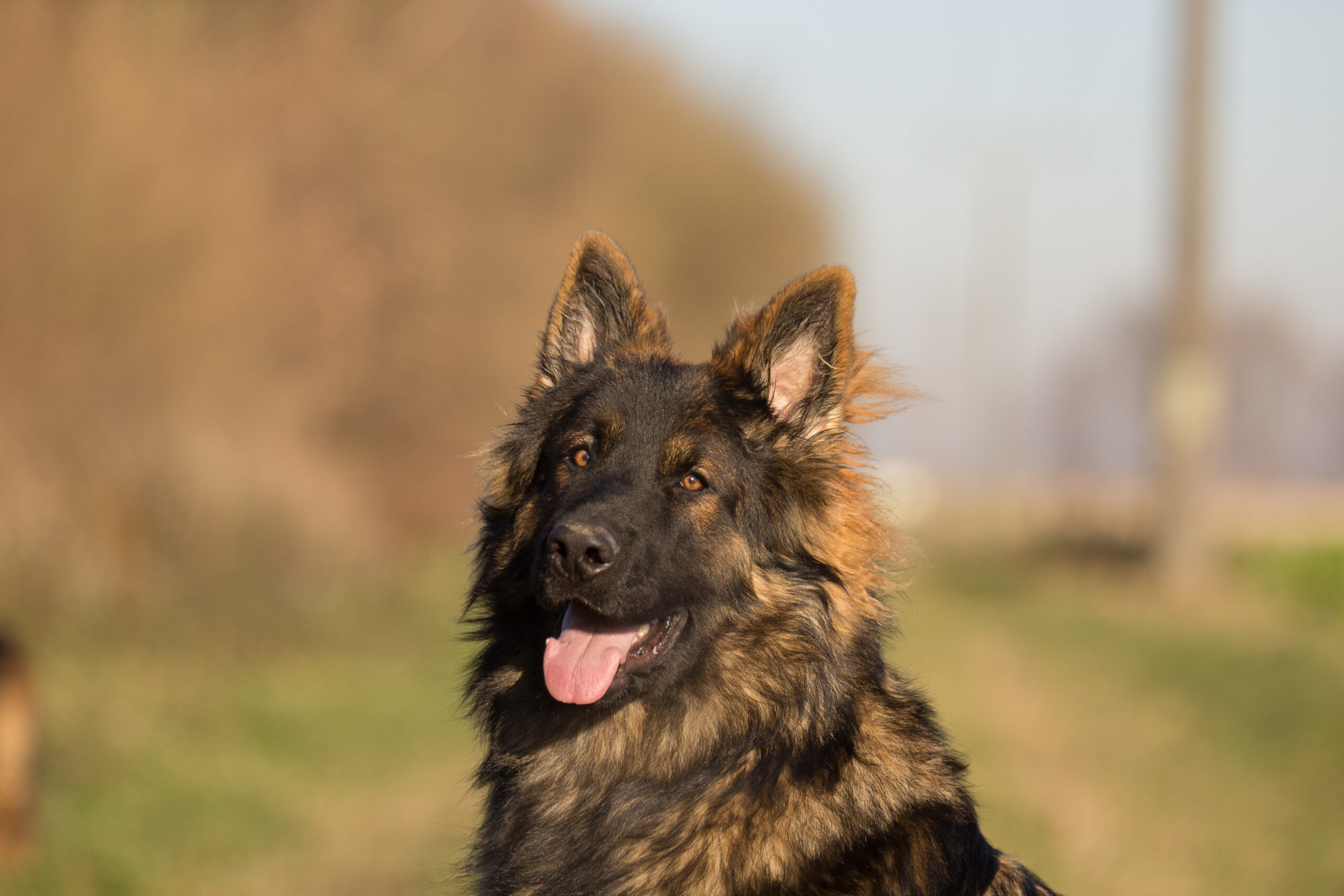
Long-haired and short-haired coats are both options for German Shepherds. Every variety has two coatings.
The outer coat on them is the lengthiest, and has guard hairs that are longer. Their skin is shielded from harsh temperatures and cold by their undercoat, which is finer and thicker.
German Shepherds are known as “German Shedders” due to their excessive shedding from both coats.
To reduce shedding, these dogs need to be brushed frequently—almost daily, as well as bathed.
Dog hair might end up as a side dish in your home if you skip grooming. The autumn and spring seasons are when these dogs tend to shed the most, though they do so all year round.
6. High Energy Level Dog Breed
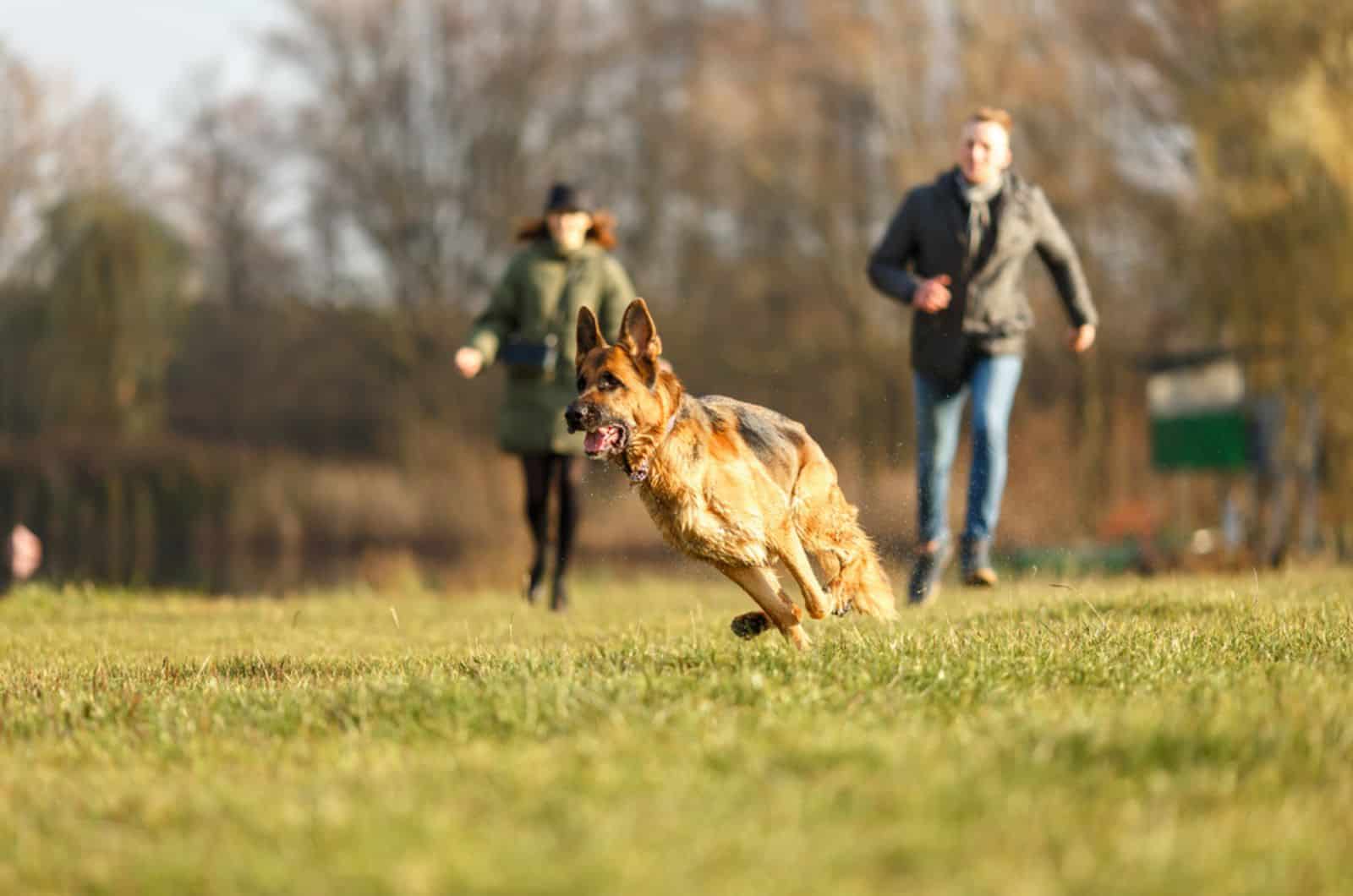
This wolf-like dog is famous for being extremely intelligent and active, or as they say, ‘utility and intelligence’!
If you don’t give your German Shepherd lots of regular physical and mental stimulation, you shouldn’t expect it to accompany you by peacefully relaxing on the couch.
Dogs that are bored or left on their own for extended periods of time may become anxious and engage in improper activities, such as damaging your shoes or chewing up a couch cushion.
These dogs require a huge yard where they can run around and play. This breed responds well to positive reinforcement during trick and obedience training. It’s also crucial to socialize this dog.
German Shepherds have a reputation for being cautious around unfamiliar persons and other canines or animals, and they are fiercely protective of their owners. They are more accepting of strangers because of the socialization they received as small puppies.
7. They Are Extremely Protective Of Their Human Family
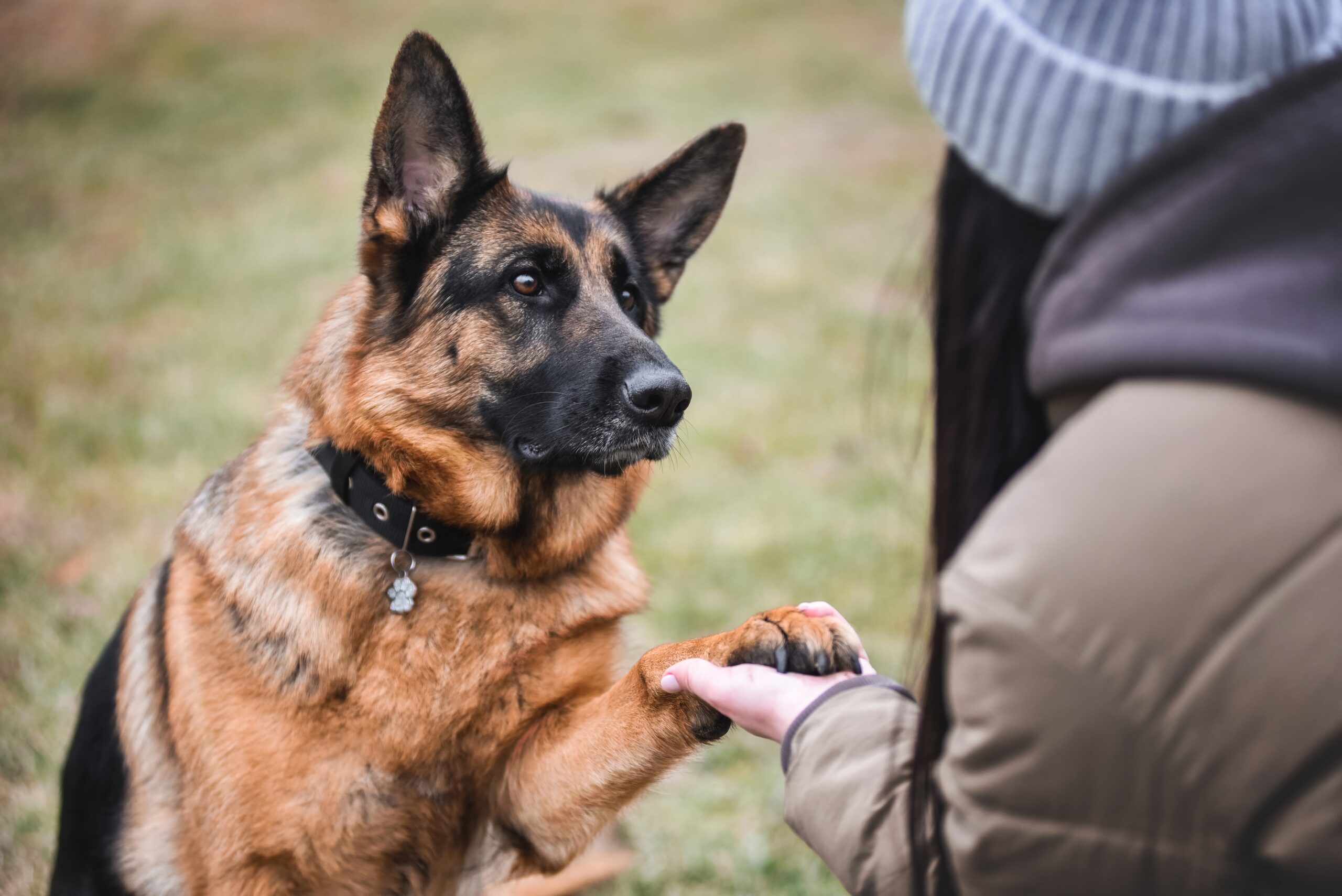
They are renowned for their confidence and lack of fear. Depending on the situation, your GSD buddy can be either a watchdog or a guard dog, and will tenaciously defend its territory as well as its family.
Every German Shepherd owner finds comfort in their instinct to protect, which makes them great family dogs. But, it also carries some accountability for the owner.
To guarantee that your canine friend is at ease with strangers and other dogs, you need to be devoted to investing time in socializing and training it. You’ll reap the rewards of everything this dog would have to provide if you do your part correctly.
The German Shepherd breed has been characterized with this trait for a long time, and it is one of the most popular German Shepherd facts for people who anticipate having their first German Shepherd.
8. Heroes Loved By The Camera
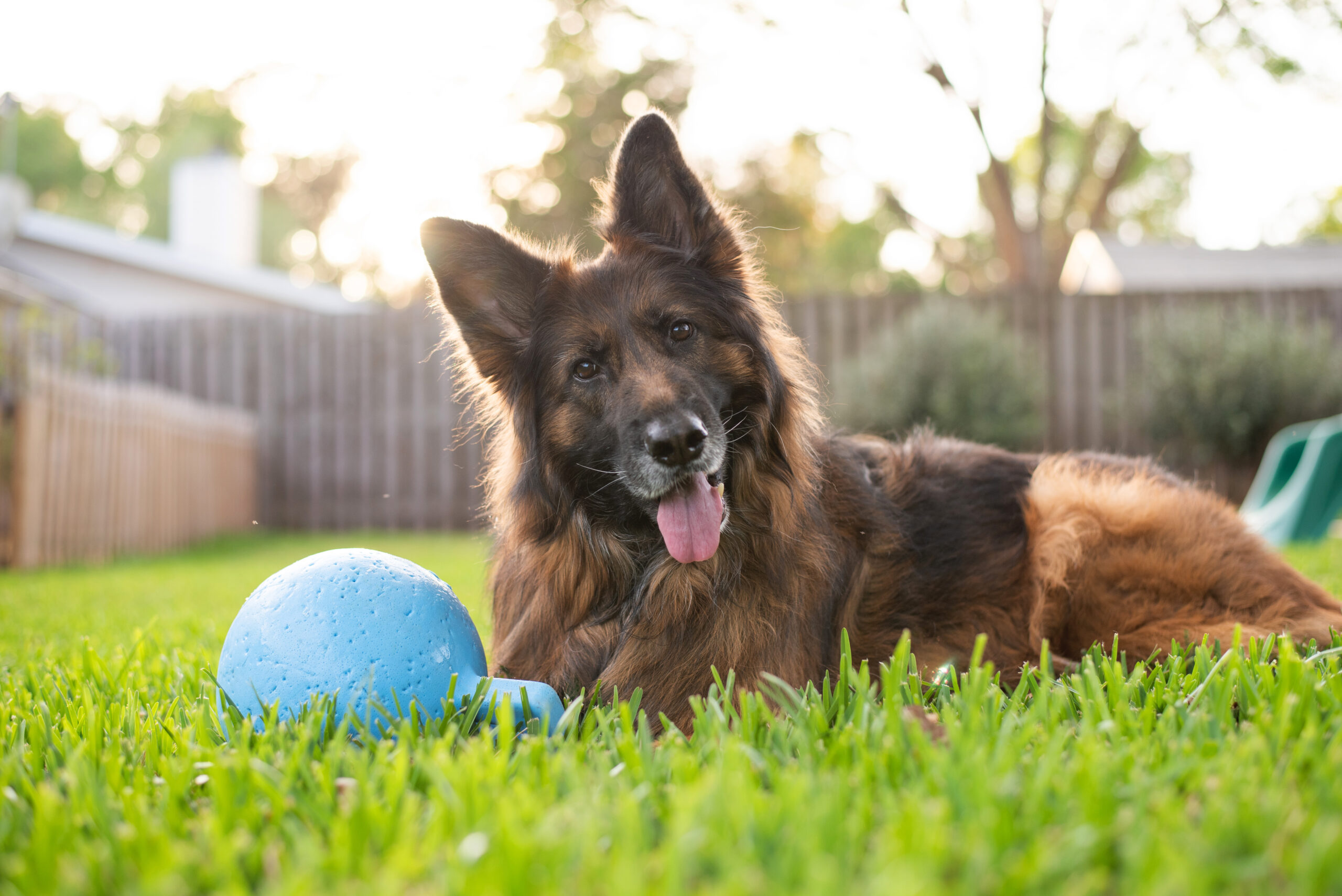
Being the first German Shepherd that featured in motion pictures, Strongheart is well-known. Although Strongheart was his stage persona, he was known professionally in the show dog industry as Etzel Von Oeringern.
He appeared in “The Silent Call”, and “Brown of the North”, in 1921, when he made the cinema breakthrough. In 1925, he then made appearances in “White Fang”, and “The Love Master”.
Rin Tin Tin is well known to everyone. He was the first rescue dog, saved by an American soldier in France during World War 1. He didn’t stop there, though!
He quickly rose to the top of the list of German Shepherds in history. He made 27 film appearances between 1922 and 1931, and he later became the first animal to receive a monument on the Hollywood Hall of Fame.
On September 11, 2001, Apollo became the first German Shepherd volunteer search and rescue dog to reach ground zero. He came quickly after the assault.
Regardless of the heat, pollution, and hazard, Apollo and numerous other German Shepherds assisted their masters at the site. He was nearly killed by fire and falling debris, but he escaped and was awarded the renowned Dickin Medal for his dedication to his duties.
The final survivor, who had been buried under the wreckage for 27 hours, was discovered by Trakr, one other German Shepherd stationed at ground zero.
9. They Are Healthy Dogs
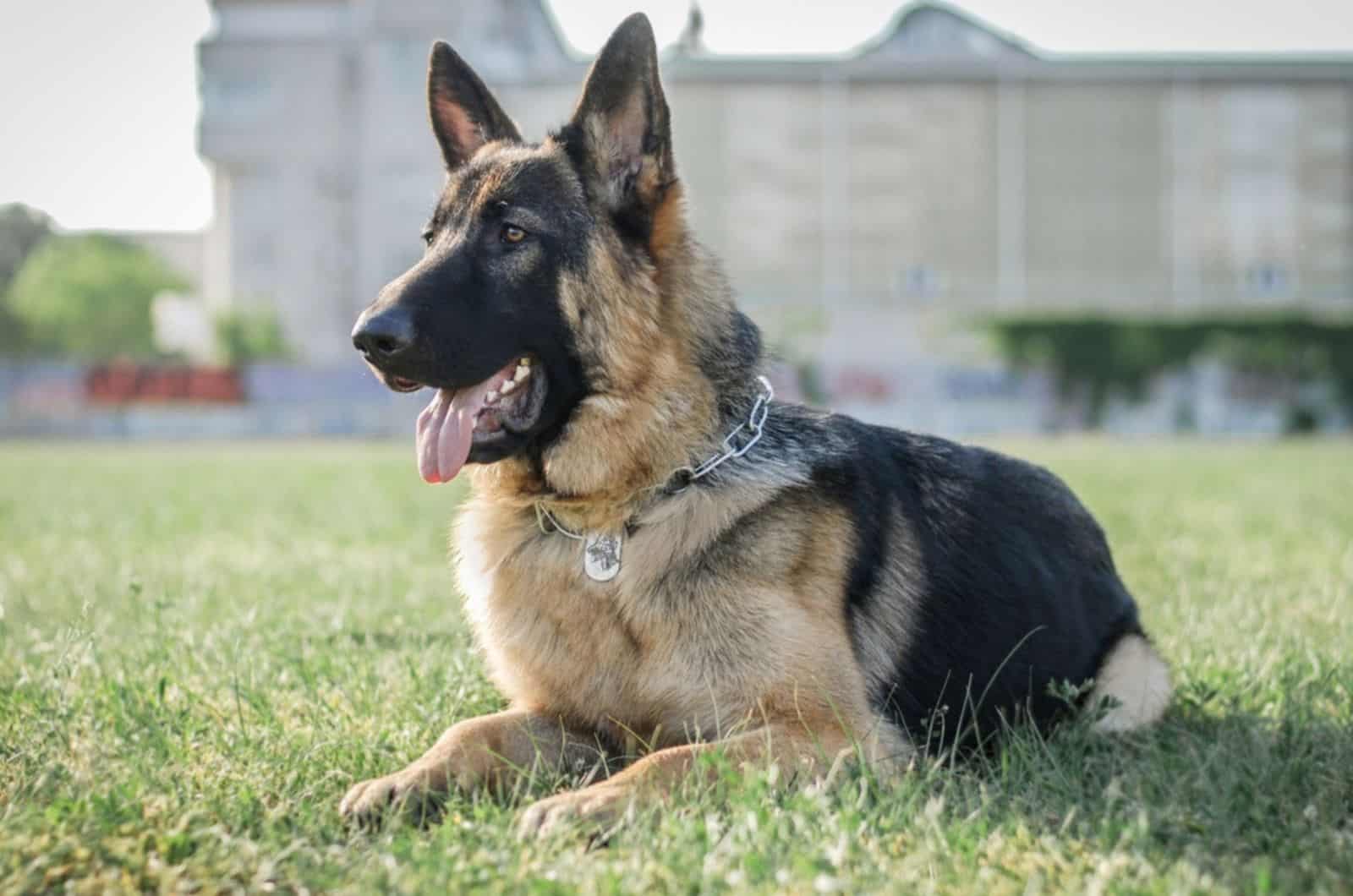
Despite how robust and healthy the German Shepherd breed is, genetic health issues can occur in any breed. Several of their prevalent hereditary and inherited health issues might be the ones mentioned in the following paragraphs.
Reputable breeders may verify and breed out German Shepherd hereditary conditions like hip dysplasia as well as elbow dysplasia. Both of these result in uncomfortable joint problems that can make walking challenging.
Bloat happens when a dog’s stomach becomes overstuffed with food, gas, and liquid. It’s a fatal condition that needs prompt veterinary care.
Find a reliable breeder of German Shepherds before buying one. They should have credentials and lab tests for any hereditary genetic predisposition of their breeding parents and puppies.
To help them have a longer lifespan, you should treat your best friend as you treat your younger family members, such as taking them for regular health checks. Pet insurance is also a great thing for your beloved, popular dog.
Due to the fact that they don’t suffer any health issues, they are, in essence, good for first-time owners.
Final Word
After reading some of the fun facts about German Shepherds, we can conclude that these canines are not appropriate for beginners or the weak-hearted. They are big dogs, and need discipline and activity every day.
They will protect their loved ones and coworkers, cuddle up for a movie on the couch, keep an eye on their human kin, and show unwavering affection. It is best to socialize them as soon as they open their pretty little eyes because this isn’t a Poodle… this is a working dog.
A German Shepherd can serve many purposes, from being a family dog, to being your best buddy, all the way to being a hard-working dog. Discover information about the breed in order to see whether this is the ideal dog for you now that you are aware of all the fascinating facts about them.
